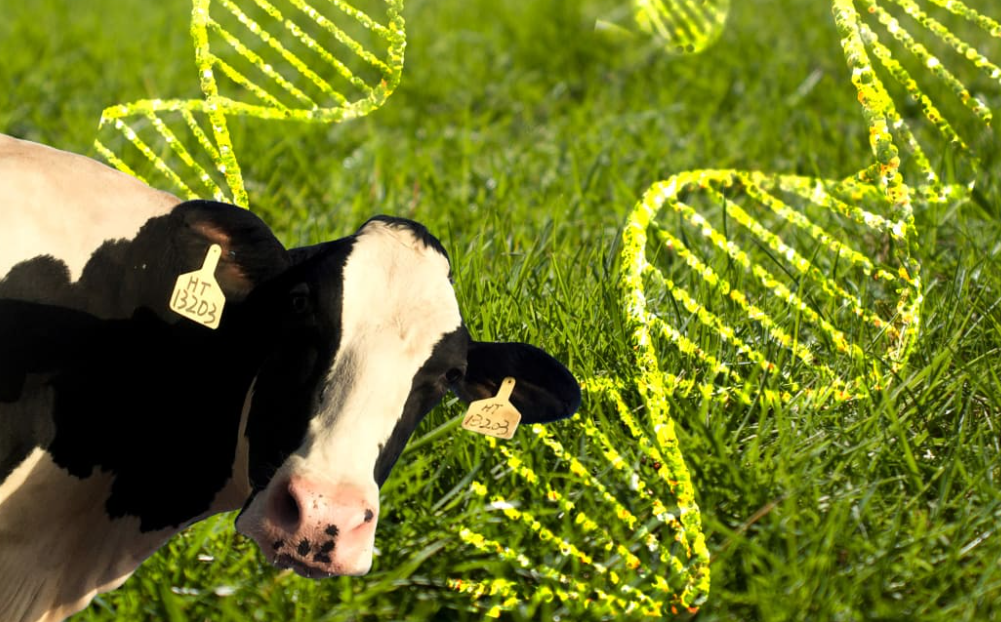
New Zealand has been on something of a quest to improve its continuing poor showing in the global science stakes when it comes to spending on research and development.
The government has been well aware of the potential money-spinning opportunities from innovations and inventions which Kiwi ingenuity and the appropriate amount of investment and support may foster.
But in the headlong rush to make money, are we making the right medium to long-term decisions for New Zealand science?
While we have always compared our scientific endeavours with other nations of similar population size, such as the Nordic countries, our current R&D spending is about 1.54% of gross domestic product, about half theirs.
There had been a targeted approach to lift this to around 2% in the next decade, but even that was scrapped by Science, Innovation and Technology Minister Shane Reti earlier this year.

The government’s Gene Technology Bill, however, has hit some turbulence over how far it goes. While there has been broad agreement the current GMO environment needs to be brought more up to date, there are fears it goes too far without appropriate safeguards.
New Zealand First has specific concerns about how the Bill, if enacted, will affect the country’s promoted marketing position as a ‘‘GE-Free Nation’’. While the party is not against a ‘‘responsible, safe and pragmatic pathway’’ to better use of GMO technologies, it says the Bill ‘‘is far too liberal, beyond our key trading partners, and lacks strong safeguards and protections’’.
The Green Party considers the Bill tampers with the right of producers to grow foods free from GMO contamination. It is also concerned about the move away from a precautionary approach and the absence of ethical considerations and an economic-impact analysis.
Act New Zealand, Labour and Te Pāti Māori also have significant issues with the Bill over the inclusion of a Māori advisory committee, the potential for political influence, and general opposition respectively, despite the changes which have already been added to a select committee report.
These changes include making the regulator accountable to the Environmental Protection Authority rather than the minister, setting boundaries for the minister’s ability to direct the regulator, incorporating a requirement for annual reporting, adding a review by the minister within four years of the law change taking effect, and requiring the minister to consult with the regulator, those affected by regulations and the public, rather than just one group.
For a country which has to date been tightly protected against GMOs, it makes very good sense that this legislation is not rushed, that all affected parties can be involved and that every ‘‘i’’ is dotted and ‘‘t’’ crossed.
It’s not for nothing that the phrase ‘‘letting the genie out of the bottle’’ has been used to describe the threat of introducing hurried, gappy GMO law.
Spring’s fury
The damaging gales that raced across the South on Monday could signify an especially volatile spring is finally peaking. Dare we hope the wind may begin to moderate as we move into November?
Incessant winds from the west and northwest have blasted the South Island’s east coast for much of the past two months. Spring is usually a breezy season down here in the Roaring Forties, but this year the airstreams have been particularly strong and frequent.
Some scientists believe the intensity and persistence of the westerlies has been due to a rare warming event high in the atmosphere above Antarctica. They say the effects of this have filtered down and allowed deep subantarctic storm systems to push further north than usual.
On Monday, trees blew down, roofs peeled off, power was cut, trucks were toppled and flights were affected as nor’westers gusted above 120kmh at places close to sea level, and well above that at higher altitudes.
Attention is now turning to what could potentially be an even worse storm for the South tomorrow. Keep a close eye on MetService warnings and take heed of advice to protect lives and livelihoods.












